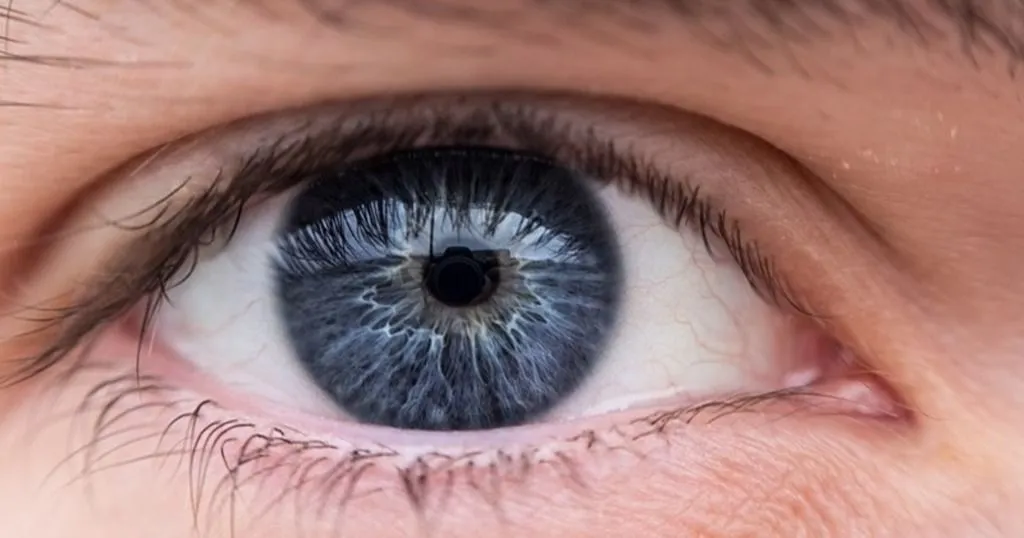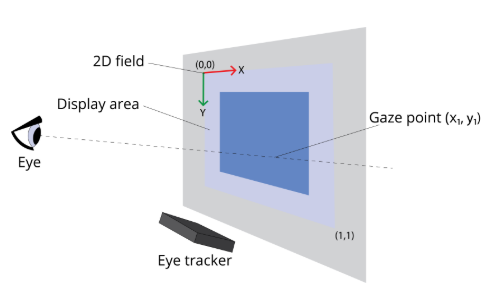Eye tracking is a technology that measures eye positions and movements to determine where a person is looking. It provides insights into visual attention, cognitive processes, and human behavior. Eye tracking systems typically use infrared light and cameras to capture reflections from the cornea and movements of the pupils. This helps researchers understand how individuals interact with their environment and how they process visual information.

Components of eye tracking
Eye tracking involves several key components:
- Fixations: Moments when the eyes are relatively stationary and focused on a specific point. Fixations indicate where visual attention is directed and are crucial for information processing.
- Saccades: Rapid eye movements between fixations. Saccades help in repositioning the fovea, the part of the retina responsible for sharp central vision, to new points of interest.
- Pupil dilation: Pupil dilation is often measured alongside eye movements to provide additional context about the viewer’s state. Changes in pupil size can indicate emotional responses and cognitive load or mental workload.
Application of eye tracking
Eye tracking is valuable in various fields for several reasons:
- Psychological research: Eye tracking helps in understanding cognitive processes, attention, and decision-making by revealing what captures and holds a person’s gaze.
- User Experience (UX) design: Eye tracking is used to evaluate how users interact with interfaces, helping designers optimize layouts and improve usability.
- Marketing and advertising: By analyzing where and how long people look at advertisements, one can assess the effectiveness of marketing strategies.
- Medical and clinical research: Eye tracking can assist in diagnosing and monitoring conditions like autism, ADHD, and neurological disorders.
Eye tracking in NoldusHub
In NoldusHub, the participant’s gaze is visualized through the Gaze overlay on the Screen recording during recording and replay. Gaze data consists of two parts: fixations and saccades. Fixations are visualized with the red dot; the line following the dot represents the saccades.
The short clip below shows the gaze fixations and saccades in the Screen video.
Eye tracking data in NoldusHub provides the following parameters:
- Gaze – Fixation X: the X coordinate of the fixation center, a floating point value from 0.0 to 1.0.
- Gaze – Fixation Y: the Y coordinate of the fixation center, a floating point value from 0.0 to 1.0.
- Gaze – Fixation Status: This can be undefined, fixation, or saccade, it tells whether the eye is moving or not. If the eye is moving the status is saccade. If the eye is not moving, it is fixated and thus the status is fixation. Undefined is shown if it is unknown whether the eye is moving or not.
- Gaze – Gaze X: the X coordinate of the gaze point, a floating point value from 0.0 to 1.0.
- Gaze – Gaze Y: the Y coordinate of the gaze point, a floating point value from 0.0 to 1.0.
- Gaze Validity: This can be valid, invalid, or indeterminate. It indicates the validity of the gaze origin data.

Besides gaze coordinates, most eye trackers also produce pupil diameter, calculated in millimeters, from images of the eyes. NoldusHub uses these pupil diameters, in combination with light intensity measures, to calculate the relative contributions of light and cognitive processes to the pupil diameter. All these measures are available in the Cognitive Load.
Conclusion
Eye tracking is a powerful tool for understanding visual attention and cognitive processes. Furthermore, NoldusHub uses pupil diameter for the calculation of Cognitive Load.
